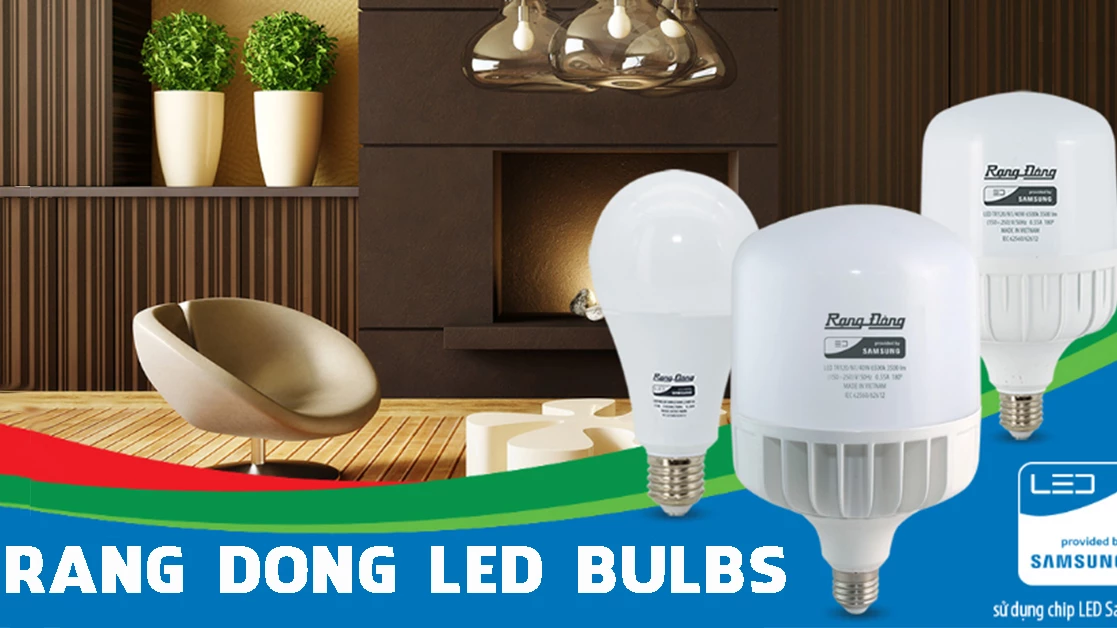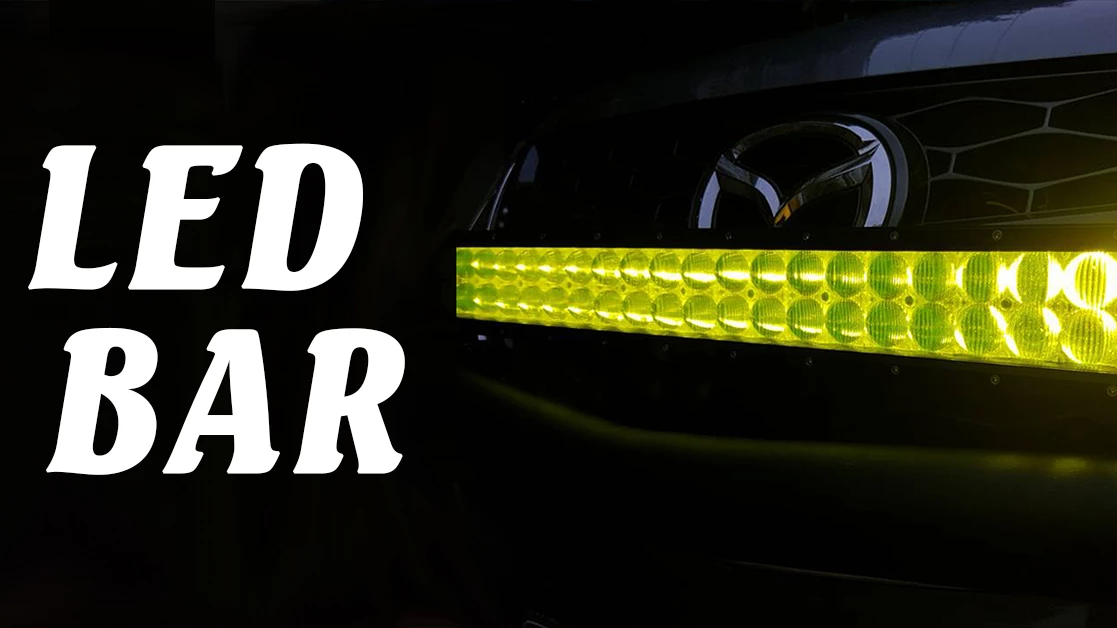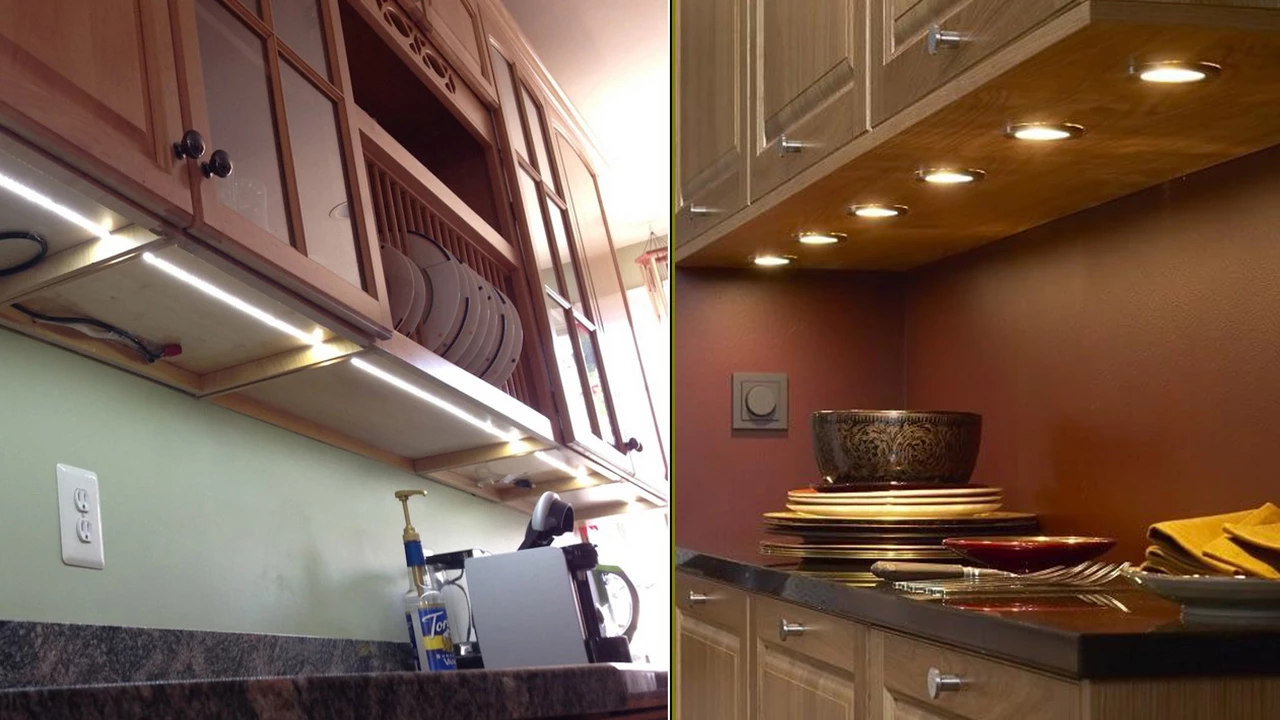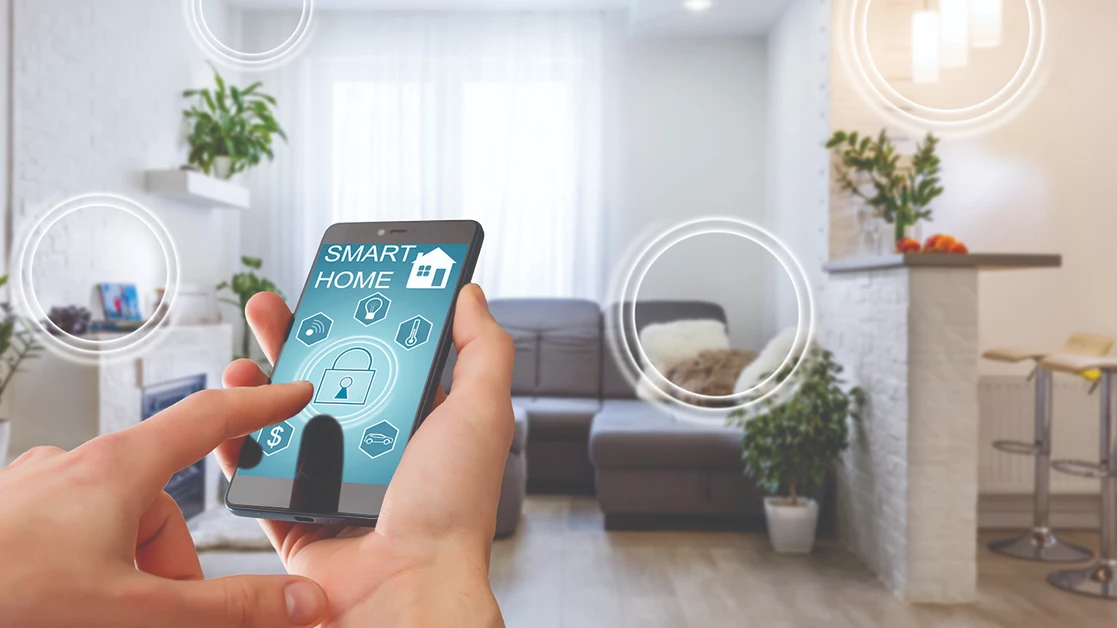
Blue light from LED products makes no harm to human body
Most people know that sunlight contains both visible rays and invisible ultraviolet rays, which can cause skin darkening or burning. But many don’t know that the sun’s visible rays are composed by a series of light rays of different colors, including blue light. Similar to sunlight, LED lights also emit this spectrum color but it has no harmful effects as people say.
What is blue light?
Blue light is generally defined as visible light with a wavelength ranging from 380 to 500 nm. It is sometimes broken down into more purple shade light (about 380 to 450nm) and blue light (about 450 to 500nm). About a third of all visible lights are considered high-energy visible light (HEV) or “blue” light.
The light emitted from the sun provides energy to people, stimulates brain development and absorbs nutrients. It signals us to work or rest. When this signal is not present, the body needs to rest.
This range of light colors also contributes to plant growth, stimulates leaf growth and enhances plant color and aroma.
On the other hand, there are many sources emitting artificial blue light, such as fluorescent lights, LEDs and flat screen TVs. More noteworthy is the appearance of this kind of light from the display screens of computers, phones and digital devices. The blue light comes from all of these light sources in a small fraction
Artificial blue light is emitted from various sources, including fluorescent lights, LEDs and flat screen TVs
Should we worry about the blue light?
Many studies state that blue light exposure is essential for good health. Research has shown that this light color enhances alertness, helps with memory and cognitive function and elevates mood. During the day, it awakens us and stimulates us. But too much nighttime the exposure of this light from your phone, tablet or computer can make it harder to fall asleep.
That's why experts recommend trying to limit screen time to two to three hours before bedtime. Many devices have a night setting that minimizes exposure to blue light in the evening
Trying to limit screen time before bedtime is good for health, experts have recommended.
Natural sunlight is the biggest source of blue light. Some studies show that children exposing not enough to sunlight can affect vision, growth and development. Some recent studies also show that not enough sun exposure can also increase the risk of myopia (nearsightedness) in teenagers and young adults.
Blue light in LED products
Experiments conducted by certified laboratories in the European Union and America show that LED produces less amount of blue light than other traditional lamps. Even natural sunlight contains more of this light color spectrum than LEDs. That means LED lighting is a safe product.
Under normal circumstances, there would be no harmful effects to the eyes for using an LED lighting product. LED lamps with cool white light produce more blue light than those with warm white light. Therefore, opt to buy a warm white light product if you are still worrying about the invisible blue light.
Nowadays, LED lighting manufacturers have been trying their best to innovate production technology to get rid of eye damage as much as possible. In comparison to earlier LED products, the amount of blue light emitted by current LED lights has fallen by roughly 80 percent.
At Rang Dong, a Lighting R&D Center with a certified laboratory has been established to assure that all of the company’s products are energy-saving and safe for human health.
Should you have any questions, wish to share your ideas of lighting or request a quotation, please send us an email to export@rangdong.com.vn
Our website: https://en.rangdong.com.vn/








